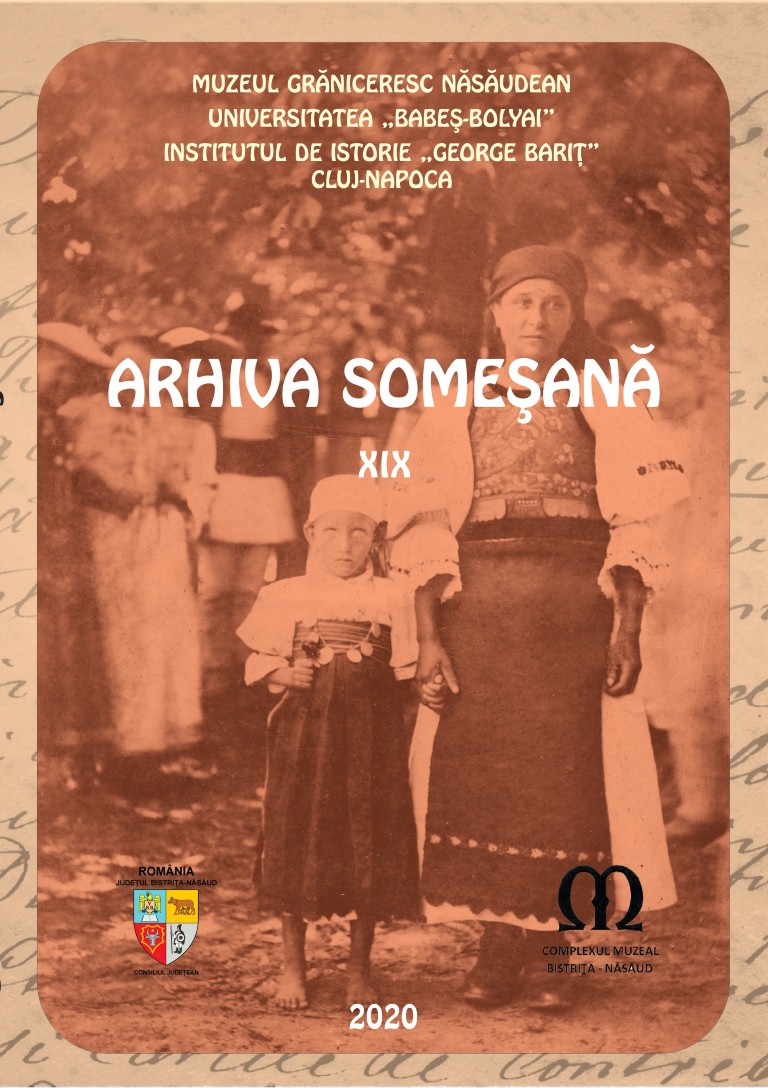PREZENŢA COMPUSULUI SPELEOTEMIC „MOONMILCH” ÎN PEŞTERILE DIN MUNŢII RODNEI ŞI POSIBILE CONEXIUNI CU MEDICINA EMPIRICĂ TRADIŢIONALĂ DIN ŢARA NĂSĂUDULUI
THE PRESENCE OF THE MOONMILK SPELEOTHEMIC SUBSTANCE IN THE RODNA MOUNTAIN CAVES. POSSIBLE CONNECTIONS TO THE EMPIRICAL TRADITIONAL MEDICINE OF THE NĂSĂUD AREA
Author(s): Crin-Trandafil Theodorescu, Mihail-Andrei TheodorescuSubject(s): Anthropology, Social Sciences, Cultural Anthropology / Ethnology
Published by: Asociaţiunea Transilvană pentru Literatura Română şi Cultura Poporului Român - ASTRA
Keywords: speology; Năsăud; Rebrișoara; Crin-Trandafil Teodorescu; Museum; Cave;
Summary/Abstract: From a speleological standpoint, the development of genetic analysis within the field of microbiology has brought to the attention of the scientific community the existence of the moonmilk chemical compound (or cave milk), known in the Rodna Mountains area as “fairy milk”. The most recent studies show the presence of a high number of bacteria cultures in this speleothem, especially bacteria from the Streptomytaceae family. These bacteria are known for their therapeutic value. Analysing the documentary sources and oral accounts from people living in the pastoral Năsăud area, where there are at least two caves containing this chemical compound, a possibility started taking shape: this creamy speleothem might have been used in empirical traditional medicine, for both veterinary and human use. The article aims at quantifying these sources and opening the path towards possible connexions between traditional and modern medicine. Moreover, we aim at bringing back into our collective memory this lost tradition of “fairy milk” therapy. Future ethnological, historiographical, biological and speleological studies will determine to what extent there was an empirical medicine methodology in the Năsăud area that employed not only biotic factors such as medicinal plants but also abiotic, geological factors such as the mineral resources of the topsoil and subsoil.
Journal: Arhiva Someşană
- Issue Year: XIX/2020
- Issue No: 19
- Page Range: 257-269
- Page Count: 13
- Language: Romanian

